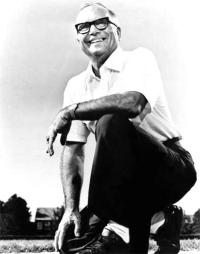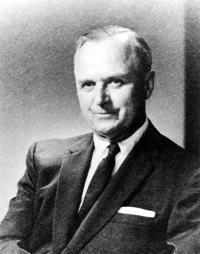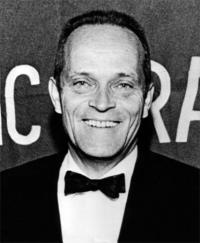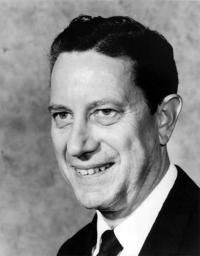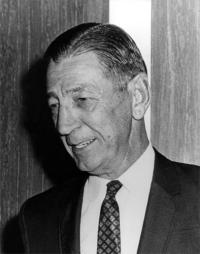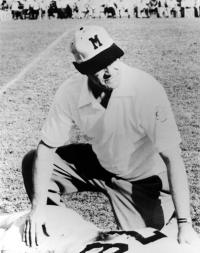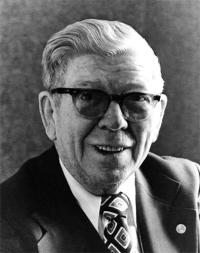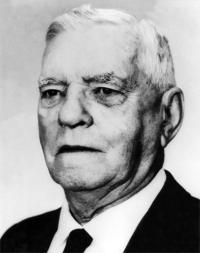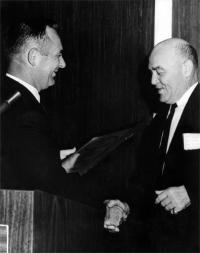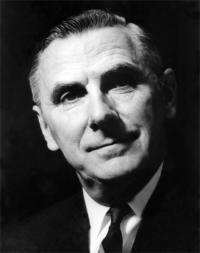1912 - 1979
From the day of his arrival at Oklahoma University in 1953, Ken Rawlinson was respected for his burning ambition and total dedication. Rawlinson, who graduated from the University of Illinois in 1942, was the original author of “Modern Athletic Training,” a comprehensive athletic training reference for daily care of athletes.

